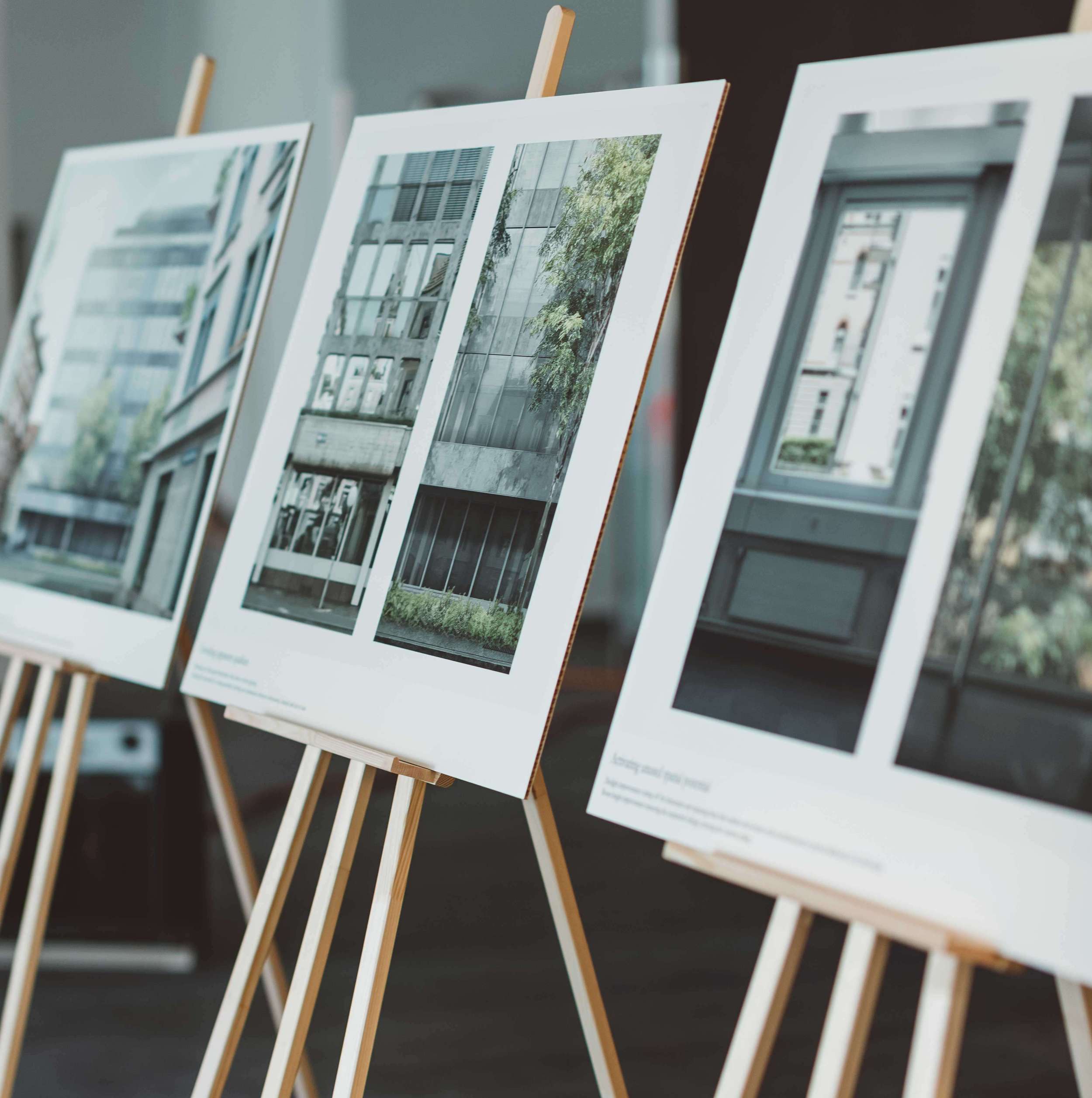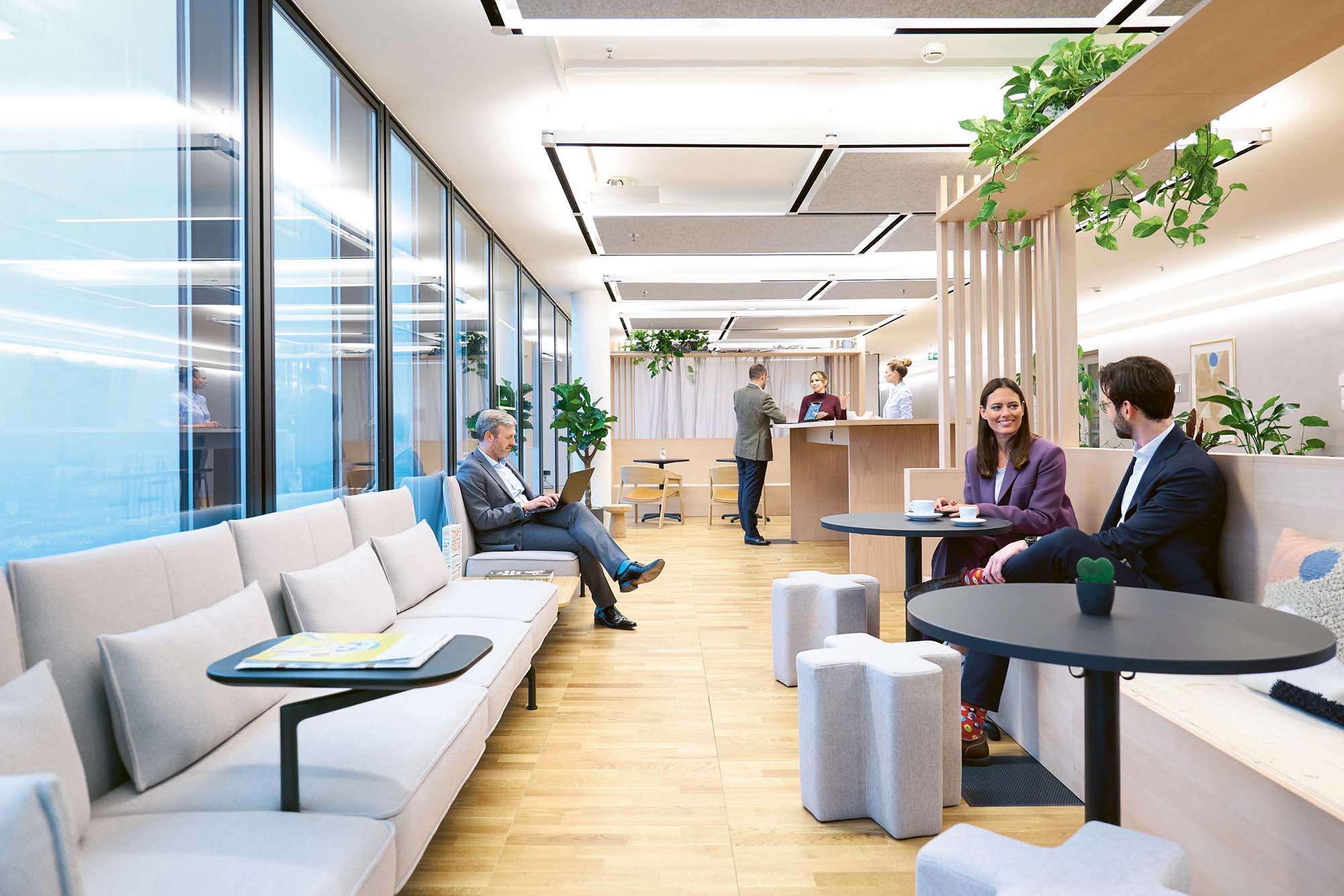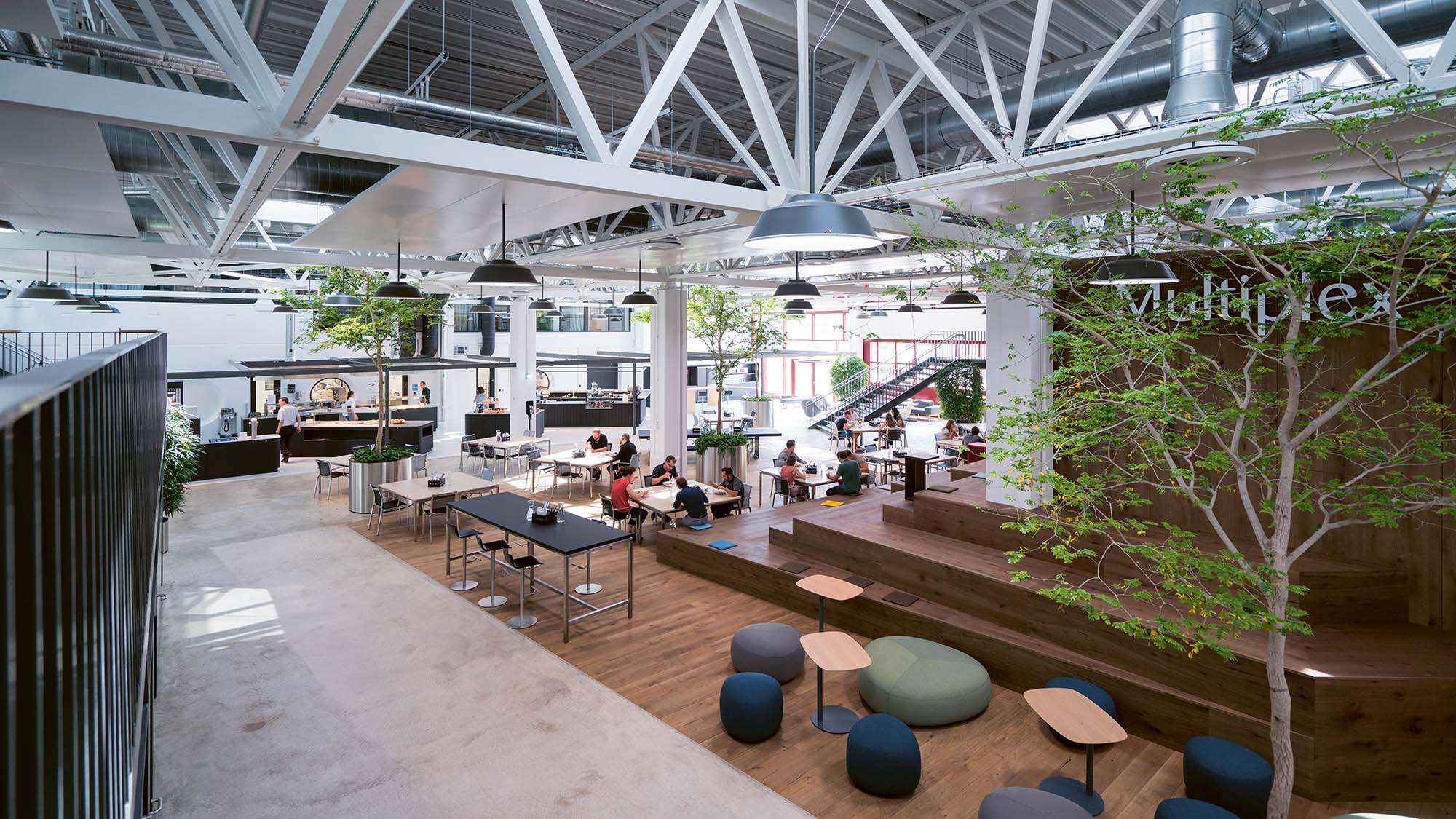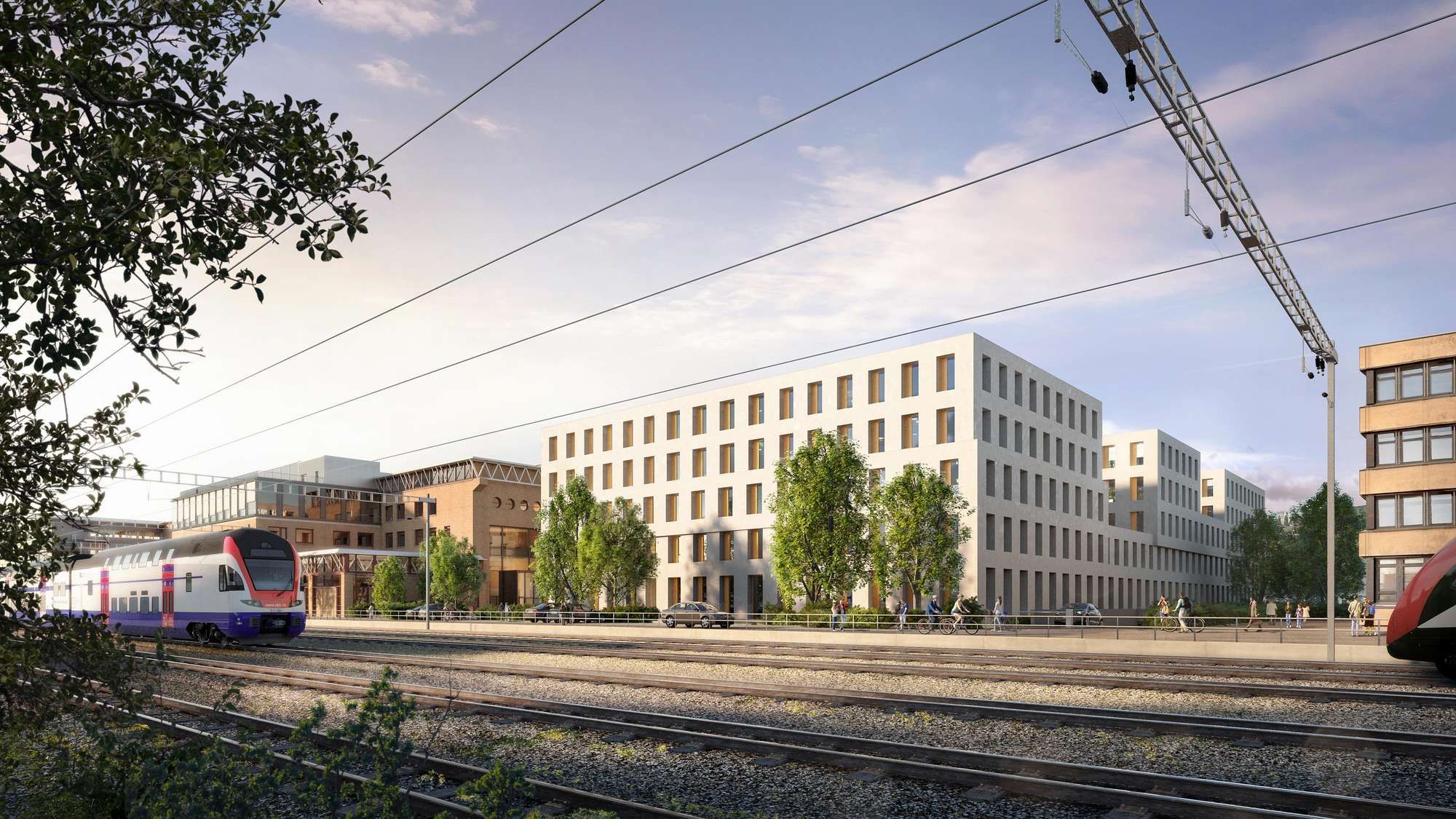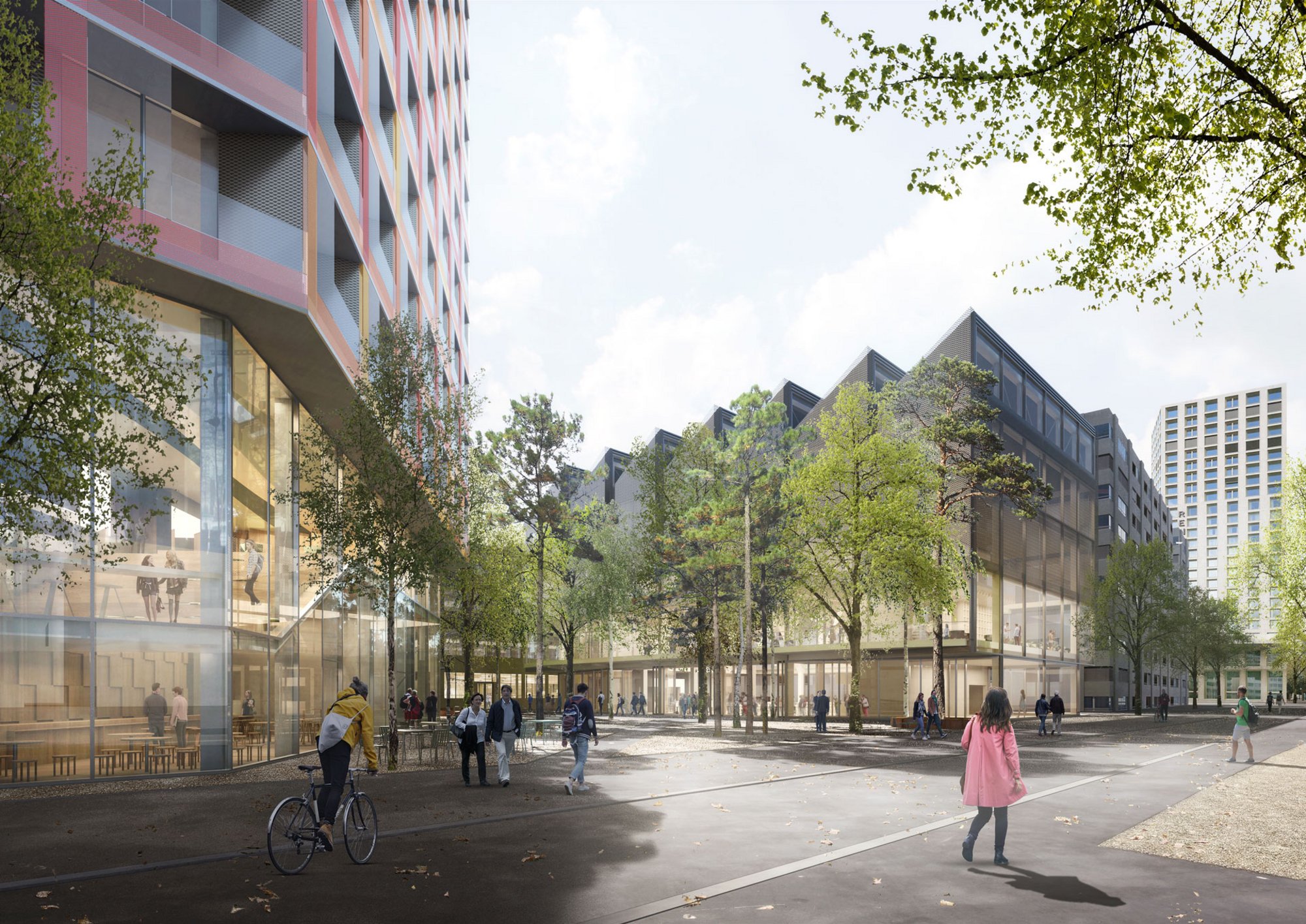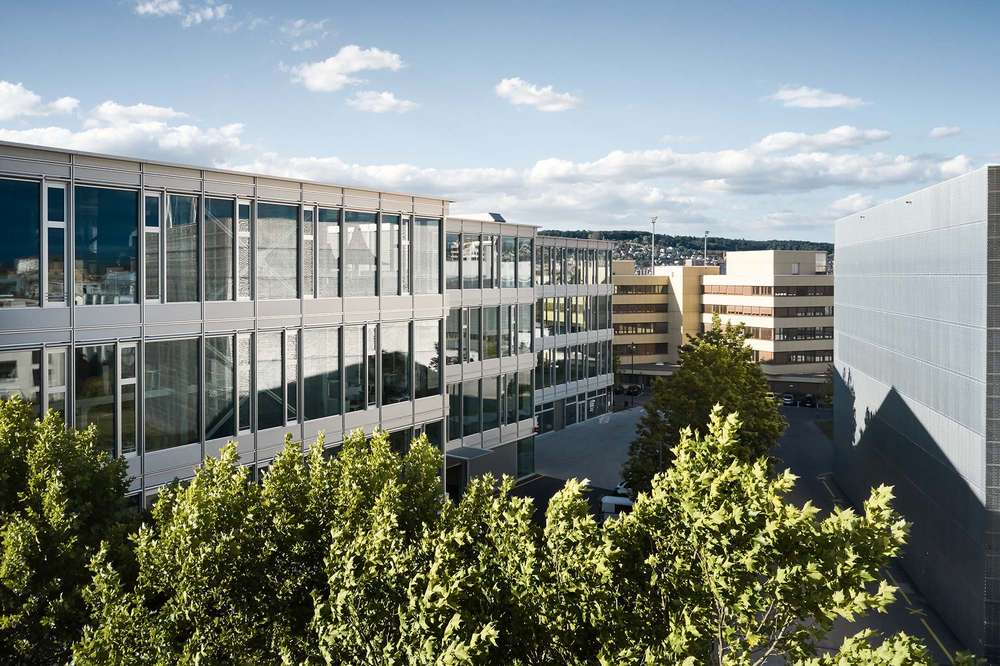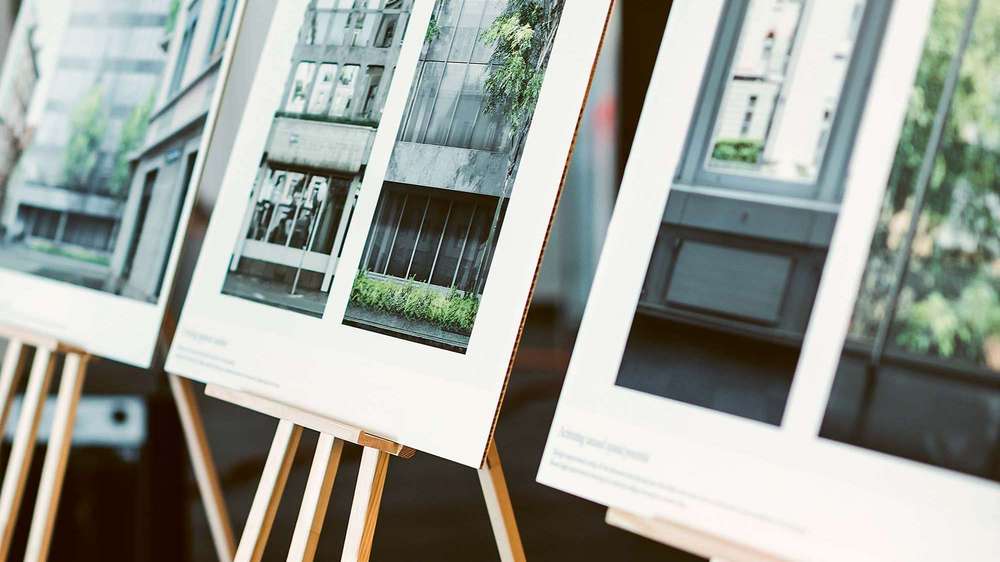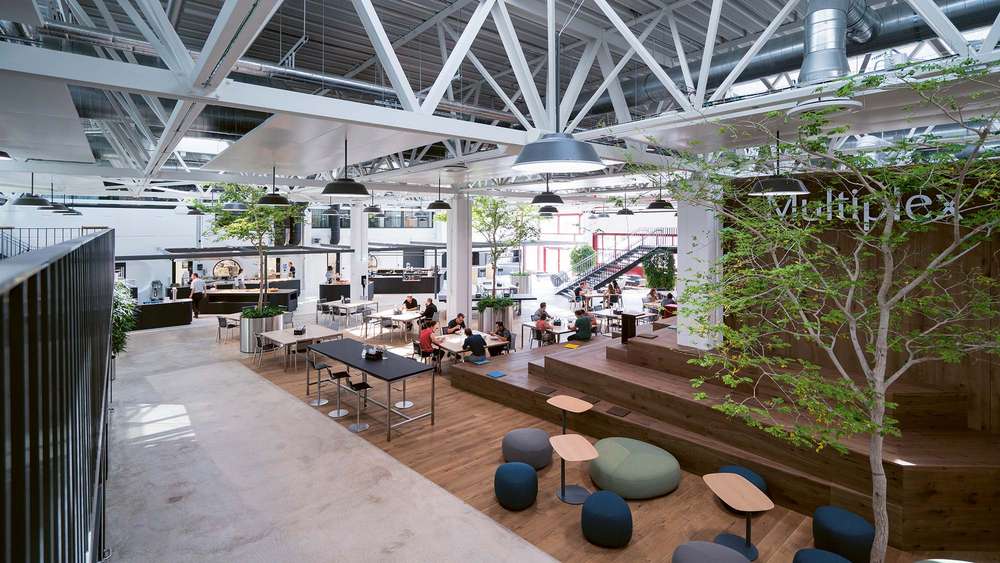Story Detail
Green leases – a marathon rather than a sprint!
The construction and real estate sectors are responsible for a significant proportion of the CO2 emissions in Switzerland and throughout the world. As such, efforts to tackle climate change must not only focus on sustainable design of new buildings – where certifications such as the Swiss Sustainable Building Standard (SNBS) and Minergie are already industry standards – but also extend to existing properties. This will allow real estate owners to increase the sustainability standards of their buildings in the long term. One fruitful approach here is the introduction of «green leases».
In medias res
There is still no single standard that categorises leases as «green» or sustainable. A green lease is a catalogue of measures that define ways in which tenants and landlords can contribute to sustainability within the context of the tenancy. The contract for the tenancy includes corresponding sustainability clauses. This includes improving the CO2 emissions of buildings. The tenants and users thus benefit from optimisations and the resulting advantages. Including sustainability clauses in leases can help in achieving two goals. First, it increases the market appeal of the property. And second, it improves energy efficiency and consequently reduces ancillary costs.
Green leases are also key to the achievement of climate goals and implementing the net-zero policy by 2050.
Swiss Prime Site sets long-term goals and aligns its business model and value creation with those goals. In 2019, a detailed CO2 reduction pathway was developed for the entire property portfolio. This forecast an influenceable 75% reduction in relative CO2 emissions (intensity) by 2050 for the approx. 1.6 million square metres of floorspace. In 2020, the Sustainability Committee of Swiss Prime Site further tightened its reduction target for the property portfolio with the aim of achieving climate neutrality in operations by 2040. Meeting this goal will require additional measures, including green leases.
Karin Voigt, Chief Portfolio Officer at Swiss Prime Site, and Martin Pfenninger, Head Group Sustainability at Swiss Prime Site, discussed the issue of green leases in the podcast «Law on Air». The host was Sibylle Schnyder, a lawyer specialising in the construction and property sector, and partner of the CMS attorney's office.
How do Swiss Prime Site’s lease agreements already reflect green lease elements?
Karin Voigt: We want to work with tenants to define a shared attitude towards sustainability. We also use leases to govern the exchange of data, the energy efficiency of installed technologies and the use of renewable energy. Our leases already include clauses that address photovoltaic systems, operational optimisation and energy contracting. We also feel it is important to explicitly allow for the purchase of energy from renewable sources. Building management is another important issue. As far as sustainability is concerned, the key points here are cleaning and consistent waste sorting. Sustainability principles are also central to construction measures. Here, we include sustainable materials and promotion of the circular economy. There are many individual things that, taken together, will contribute greatly to achieving the goal.
Are green leases already standard in Switzerland?
Martin Pfenninger: Swiss Prime Site is a pioneer here. We have set ourselves the goal of climate neutrality by 2040. But other real estate companies also have sustainability right at the top of their agendas. Through an industry working group, we recently defined a number of elements that might form part of a green lease. Green lease contracts are not yet the standard, but hopefully they soon will be. We have already integrated sustainability issues into construction, management and facility management contracts. Rental contracts are an important and logical next step. This sustainable development is a marathon rather than a sprint. It’s something we always need to bear in mind.
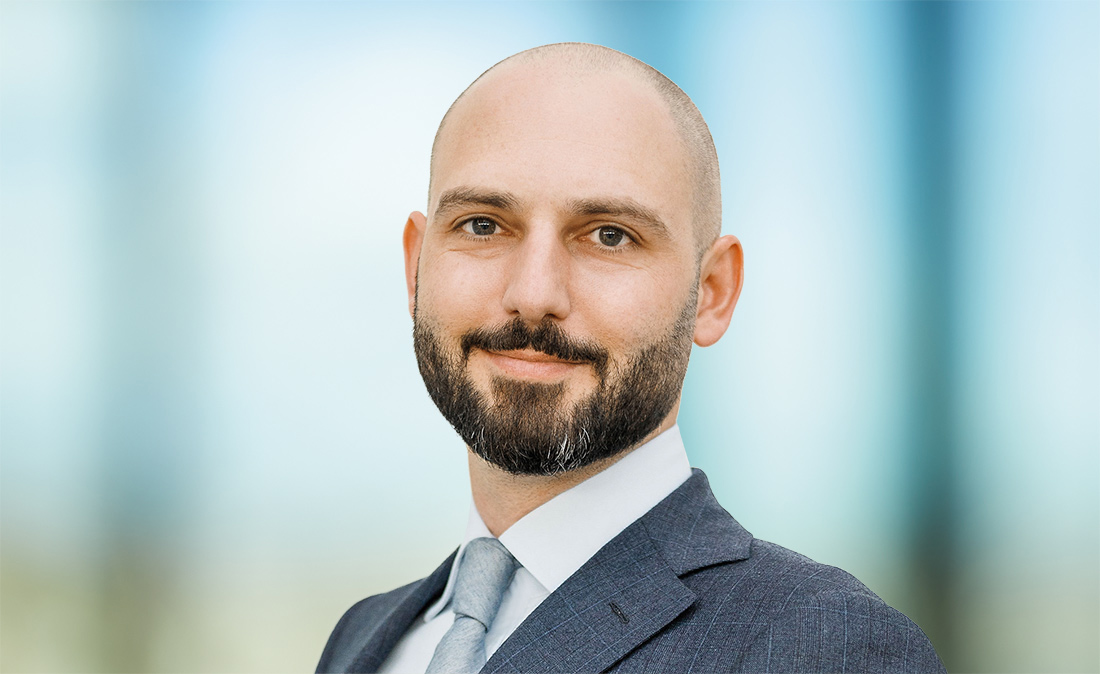
«Green lease contracts are not yet the standard, but hopefully they soon will be.»
Martin Pfenninger, Head Group Sustainability at Swiss Prime Site
What advantages does this kind of contract hold for the tenant? We hear the argument that green leases are primarily associated with higher costs …
Karin Voigt: That’s not the case. For one thing, there is a lot you can do without incurring additional costs. This includes the precise and discerning choice of products for building expansion that improves the quality of the accommodation. And we’re also increasing efficiency and the perception of interior quality with clever sensor technology. Nowadays, ESG issues are key in most larger companies. The properties we own are primarily for commercial use. This means that our tenants are companies. They want and have to be climate neutral by 2050. To achieve this goal, you need to pay special attention to sustainability in your operations and in your real estate use. Our green leases fulfil this demand and help tenants achieve their goals. For us, a green lease is a cooperative instrument that brings benefits to everyone involved – a true win-win solution.
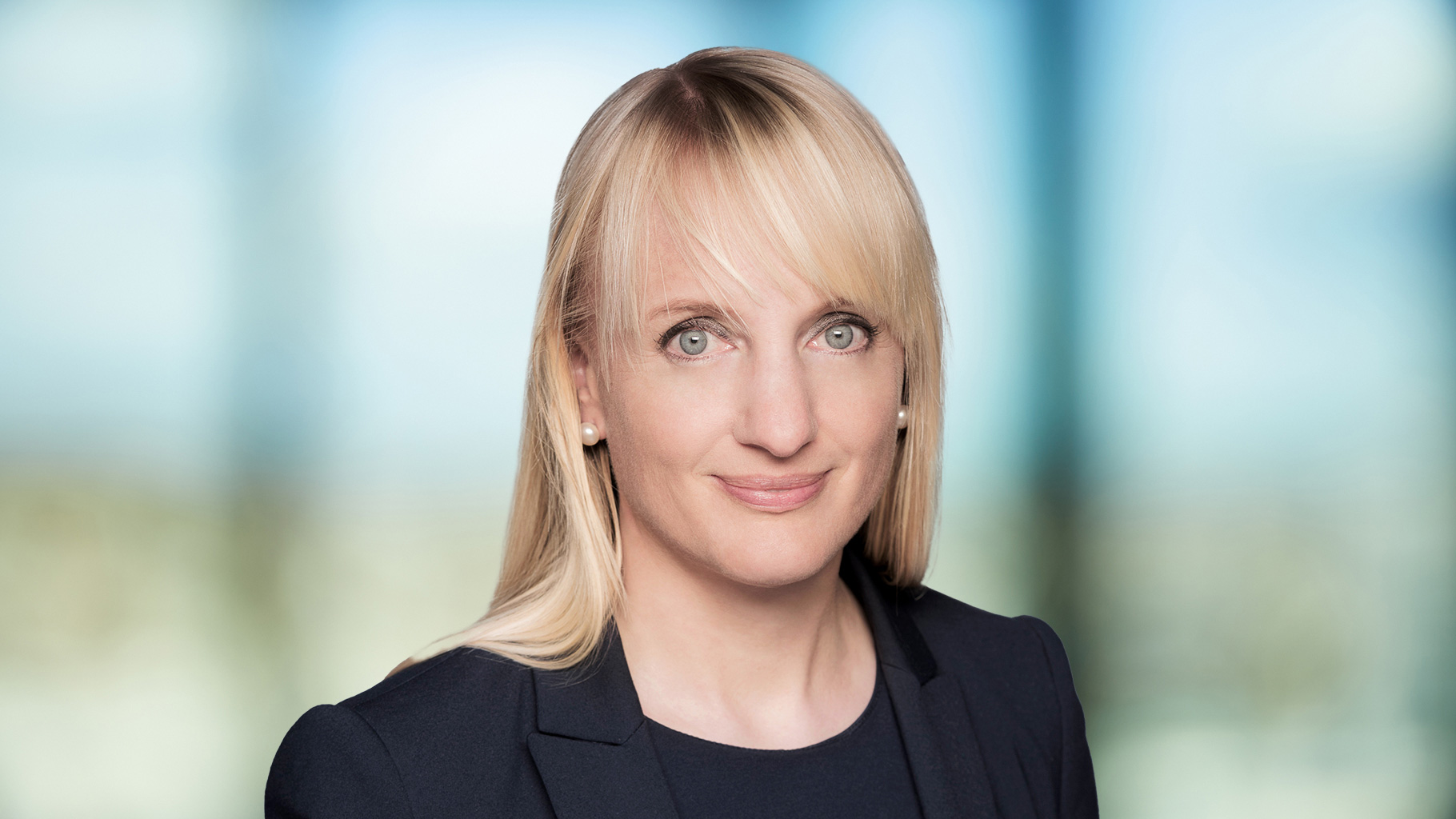
«For us, a green lease is a cooperative instrument that brings benefits to everyone involved – a true win-win solution.»
Karin Voigt, Chief Portfolio Officer bei Swiss Prime Site
Green leases are not as simple to implement with ongoing rental contracts. What is the legal situation there?
Sibylle Schnyder: It’s true, it’s really not very simple with ongoing contracts. If you impose new obligations on a tenant in an ongoing tenancy, it is known as a unilateral contract change and is something you can only carry out on a termination date. You have to communicate this kind of amendment using an officially approved form. But I think in practice, green lease clauses are often added in the context of mutually agreed contract amendments, such as in a lease extension or in connection with other amendments. In this case, the parties agree on new or supplementary contractual provisions. These can then be set down in an addendum to the rental agreement or in a new rental agreement.
Is the EU now set to boost green leases?
Sibylle Schnyder: We expect that new statutory regulations will boost demand for green leases in the EU. For example, the new Taxonomy Regulation provides for explicit sustainability requirements for the financial sector and listed real estate companies. Green leases could be one instrument for companies to meet these requirements. The European real estate market expects green clauses to become standard in commercial leases with institutional real estate investors over the course of this decade. And this development is likely to be repeated in Switzerland.
Green leases will form the basis for sustainable use of properties in the future. As a pioneer in the real estate sector, Swiss Prime Site has picked up on this issue and derived important measures in the form of green leases. They will help the company and its customers to achieve sustainability goals. Stakeholders increasingly value sustainable rental space. By using green leases, Swiss Prime Site creates additional appeal and it is happy to make this contribution to a liveable, sustainable future.
